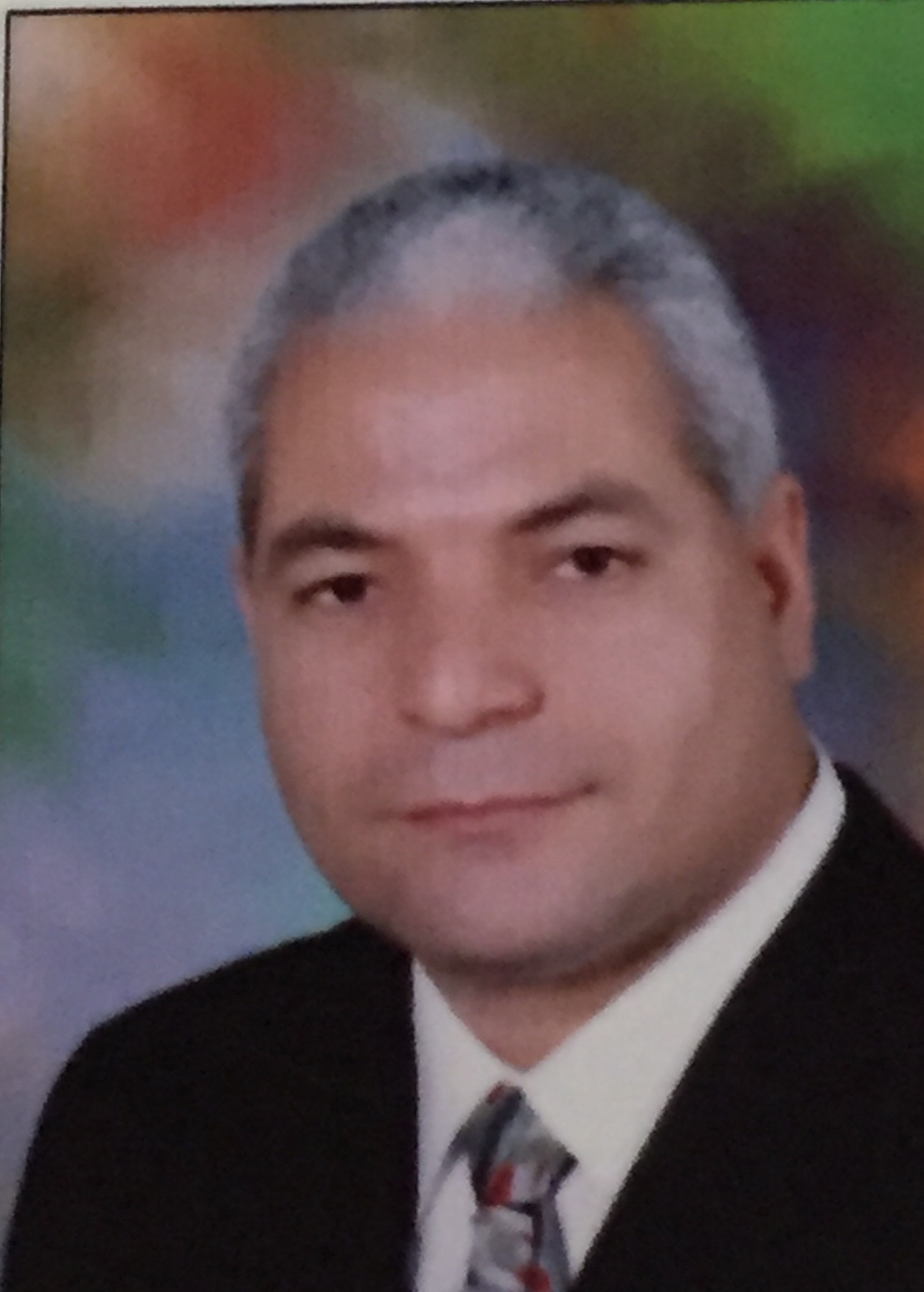ABSTRACT
Endobronchial ultrasound-guided transbronchial needle aspiration (EBUS-TBNA) is a promising technique in the mediastinal staging of non small cell lung cancer (NSCLC). However, its role in the diagnosis of different lung diseases has not been well studied. Using a prospective design, this study was conducted to assess the utility of EBUS-TBNA in the diagnosis of lung diseases. The study included 147 patients; with central or peripheral, localized or infiltrative lung lesions with or without mediastinal and/or hilar lymphadenopathy; of them 86 (58.5%) were males and 61 (41.5%) were females with a mean age of 62.1 years. All patients were subjected to: detailed clinical assessment, routine laboratory investigations, plain X-ray chest, chest computed tomography (CT) scan or positron-emission tomography-CT scans of lung and mediastinum, and endobronchial ultrasound (EBUS) examination using convex (linear) EBUS probe with EBUS-TBNA and cytological or histological examination of the obtained specimens. The rapid on site cytopathology evaluation (ROSE) was available during the procedure. The ultrasonographic characteristics of lymph nodes (LNs) as echogenecity (homogeneous or heterogeneous), intranodal septations, and intranodal vessels were recorded. In the 147 patients, EBUS-TBNA was done in 244 LNs and 13 lung mass lesions. No procedure-related complications were observed. The EBUS-TBNA cytology results of 244 biopsied LNs in 147 patients included: benign lesions in 142 LNs (58.2%) in 72 patients (49%) {included 30 LNs (21.1%) with granulomas in 18 patients (25%), out of them 16 patients had sarcoidosis}; malignant lesions in 64 LNs (26.2%) in 63 patients (42.9%); and non diagnostic results in 38 LNs (15.6%) in 12 patients (8.1%). There were insignificant relations between LN station and size and EBUS-TBNA cytology results (p>0.05). The recorded sonographic image characteristics of 147 LNs in 70 patients showed that 67 LNs (45.6%) were characterized as heterogeneous and 8 (5.4%) as homogeneous, intranodal vessel was observed in 24 LNs (16.3%), and intranodal septation was observed in 48 LNs (32.7%). There was significant relation between LN sonographic characteristics and EBUS-TBNA biopsy results (p=0.003). In 37 patients with NSCLC, 45 LNs were sampled for staging. Metastasis was detected in 14 (N1) LNs in 14 patients, and in 15 (N2) LNs in 13 patients, and in 7 (N3) LNs in 7 patients. The cytological results of EBUS-TBNA in 13 lung mass lesions were: malignancy in 9 lesions (69.2%), benign in 3 lesions (23.1%), and non diagnostic in 1 lesion (7.7%). There was insignificant relation between mass site and EBUS-TBNA biopsy results (p=0.5). The diagnostic yield of EBUS-TBNA was 91.8%. The overall sensitivity, specificity, positive and negative predictive values, and diagnostic accuracy rate of EBUS-TBNA in distinguishing benign from malignant lesions were 94%, 100%, 100%, 93.8% and 97.1%, respectively. In conclusion, EBUS-TBNA is a safe and highly accurate procedure for diagnosis of both malignant and benign lung lesions and for examination and staging of mediastinal and hilar LNs in patients with lung cancer

